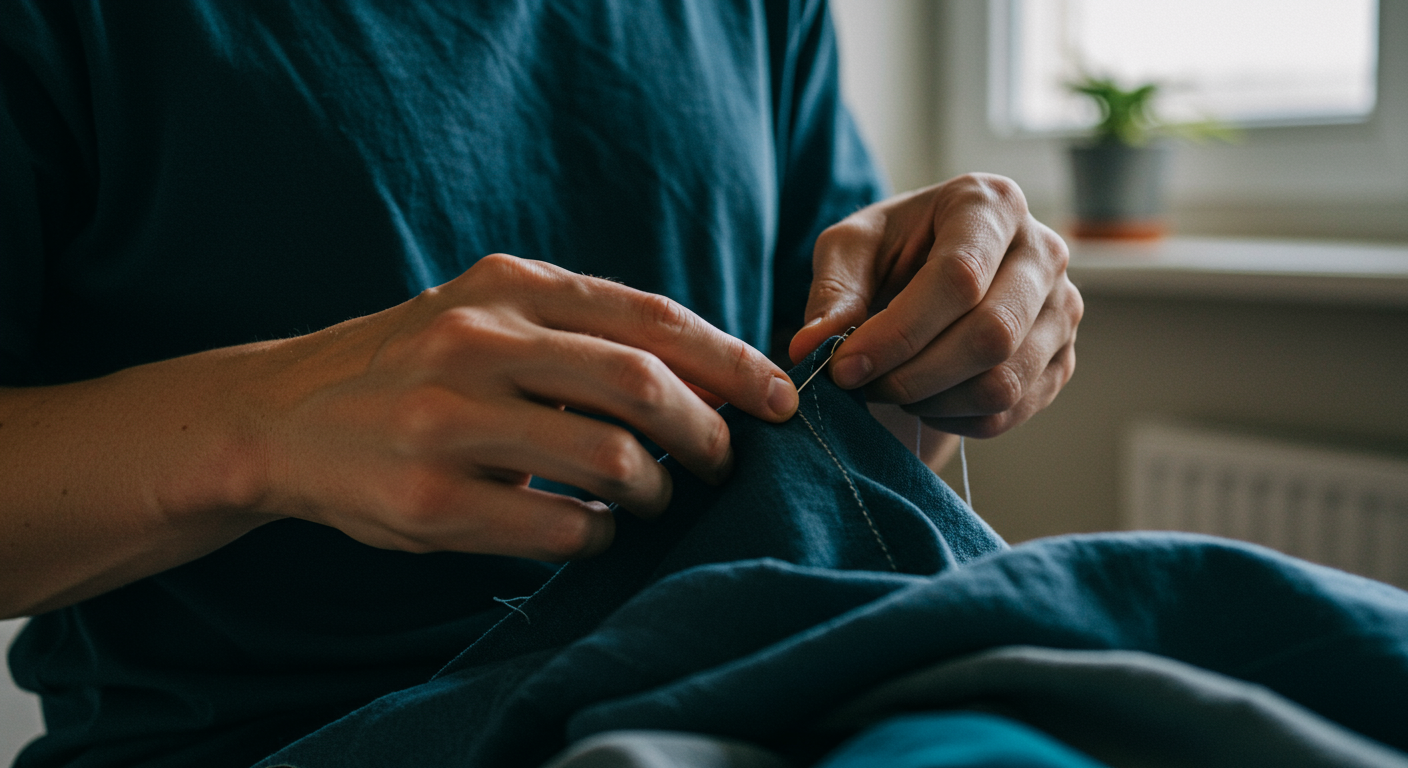As an eco-conscious consumer, you're already aware of the profound impact our fashion choices have on the planet and its people. This guide takes you beyond the basics, diving deep into advanced strategies for curating an ethical and sustainable wardrobe that aligns with your values and minimizes your environmental footprint.

Deep Dive into Sustainable Fashion for Eco-Conscious Living
The fashion industry is a significant contributor to pollution, waste, and unethical labor practices. Embracing sustainable fashion means making informed choices about the clothes we buy, wear, and discard. It involves considering the materials, production processes, and the social impact of the brands we support. This guide moves beyond trends and encourages a mindful approach to consumption.
Advanced Strategies and Insights
Fabric Focus: Beyond Organic Cotton
While organic cotton is a great start, explore other eco-friendly fabrics. Consider these options:
- Linen: Made from flax, linen requires less water and fewer pesticides than cotton.
- Hemp: A strong, durable fiber that requires minimal resources to grow.
- Tencel/Lyocell: Produced from sustainably sourced wood pulp using a closed-loop system, minimizing waste.
- Recycled Fabrics: Look for recycled polyester (made from plastic bottles) and recycled nylon. These materials give new life to existing resources.
The Power of Pre-loved and Vintage
Embracing pre-loved clothing is one of the most sustainable choices you can make. Explore:
- Thrifting and Consignment Shops: Discover unique pieces and reduce textile waste.
- Online Platforms: Utilize platforms like ThredUp, Poshmark, and Depop to buy and sell used clothing.
- Vintage Shopping: Find timeless pieces with character and history.
Circular Fashion Systems
Understand the concept of a circular fashion system: how can clothes be designed to be reused, repaired, and recycled. Look for brands that offer:
- Take-back programs: Where old garments can be returned to be recycled.
- Repair services: Extending the life of your clothing through repairs.
- Rental and subscription services: Exploring alternatives to ownership.
Optimizing Your Sustainable Wardrobe
Capsule Wardrobe Creation
A capsule wardrobe is a curated collection of versatile clothing items that can be mixed and matched. Here’s how to create one:
- Assess your current wardrobe: Identify items you love and wear regularly.
- Define your style: Choose a color palette and silhouettes that reflect your personality.
- Invest in quality: Select durable, timeless pieces made from sustainable materials.
- Plan your purchases: Avoid impulse buys and focus on essential items.
Ethical Brand Research
- Certifications: Look for certifications like GOTS (Global Organic Textile Standard), Fair Trade, and Bluesign.
- Transparency: Research brands that are transparent about their supply chains, labor practices, and environmental impact.
- Brand Values: Support brands that align with your values, whether it's fair wages, environmental conservation, or animal welfare.
Case Study: Thriving on an Advanced Sustainable Path
[Fictional Case Study]
Navigating Complex Environmental Challenges
- Microfibers: Learn about microfiber pollution from synthetic fabrics and consider using a washing machine filter.
- Water Usage: Be aware of the water footprint of different fabrics and production methods.
- Chemicals: Understand the use of chemicals in textile production and choose brands that prioritize safe dyes and finishes.
Integrating Advanced Sustainable Practices
- Upcycling and DIY: Transform old clothes into new creations.
- Clothing Swaps: Organize clothing swaps with friends to refresh your wardrobe sustainably.
- Mindful Consumption: Ask yourself, "Do I need this?" before every purchase.
Scaling Your Impact: Beyond Personal Choices
- Advocacy: Support policies and initiatives that promote sustainable fashion.
- Educate Others: Share your knowledge and inspire others to make ethical choices.
- Support Sustainable Brands: By supporting sustainable brands and businesses, you are supporting a more sustainable future.
Expert-Level Green Living Insights
- Carbon Offsetting: Consider the carbon footprint of your fashion choices and offset it through reputable programs.
- Invest in Long-Term Care: Take the time to properly wash and store items to extend their lifespan.
- The Future of Fashion: Stay informed about innovations in sustainable fabrics, production processes, and circular systems.